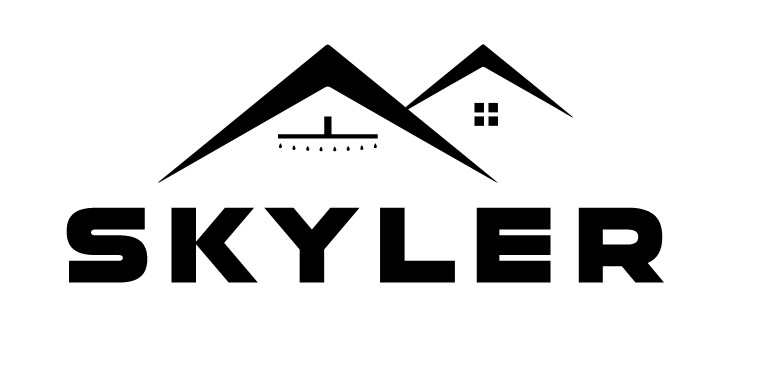Bookkeeping
A Comprehensive Guide to Depreciation Journal Entry in Accounting
Since the oven had no salvage value, the depreciation expense for the year is simply $10,000 divided by 10 years or $1,000 per year. According to the matching principle, long-term assets or capital assets can’t be expensed immediately when they are purchased because their useful life is longer than one year. This makes sense because the company will have a benefit from these assets in future years, so they should also realize expenses in futures that match the benefits. That is why capital assets must be capitalized and depreciated on a systematic and consistent basis. Depreciation expense is recorded to allocate costs to the periods in which an asset is used. These also lose value over time, and you need to record that depreciation.
Misclassifying Accounts
For example, the formula for straight-line depreciation is (Cost – nynab vs quickbooks online Salvage value)/Useful life. The formula for double declining depreciation, however, is different – 2 x (1/Life of asset) x Book value. Depreciation is the process of allocating the cost of a long-term asset over its useful life.
How to Record Depreciation When You Sell an Asset?
- In accounting, depreciation is the process of allocating the cost of an item over its anticipated useful life.
- It happens because of the difference in the depreciation method adopted by the market and the company.
- It’s a bit different from just recording regular depreciation, but don’t worry—I’ll walk you through it step by step.
- If you’re not sure, check with your accountant or review your company’s depreciation policy.
- The company can make depreciation expense journal entry by debiting the depreciation expense account and crediting the accumulated depreciation account.
You can also use any method, but the entries will be the same for all the methods. It is presented in the balance sheet as a deduction to the related fixed asset. Here’s a table illustrating the computation of the carrying value of the delivery van for each year of its useful life. By following this, you’ll know exactly how to record a journal entry for depreciation and keep your financial records clear and correct. Look over your books at the end of each accounting period to ensure that all the entries are accurate and that depreciation is being recorded correctly.
- The income statement account Depreciation Expense is a temporary account.
- In accounting, the matching principle says we should record expenses in the same period as the revenue they help generate.
- Incorrect depreciation can lead to fines or issues in financial reporting.
- In addition to the above values, we will now calculate the depreciation rate as well.
- Integrating this with LiveCube can enable manual preparation of Journal Entries using templates where all company data is auto-populated.
Depreciation expense is, as the name implies, an income statement account (those entries are not shown above). The best part of using a depreciation schedule is that it organizes everything in tabular format. However, whether you compute manually or create a worksheet, it essentially shows the same information. This is from the sum of accumulated depreciation in year 2 plus the depreciation in year 3 itself. From the example, the cashier’s check vs. money order total cost of the machinery is $50,000, the scrap value is $1,000 and the useful life is 5 years.
Balance
After recording, subtract the accumulated depreciation from the asset’s original cost to determine its book value. This method records more depreciation in the earlier years of an asset’s life and less in the later years. Let’s look at the different methods of calculating depreciation and how they impact your journal entries. With a clear understanding of these concepts, let’s now explore the benefits of depreciation accounting. To better understand depreciation, let’s distinguish between accumulated depreciation and depreciation expense.
You’ll debit depreciation expense and credit accrued depreciation to reflect the real, reduced value of the asset. Recording accrueddepreciation is just like recording regular depreciation. Every time you make a depreciation entry, you add to the accrued depreciation account. By doing this, you’re showing that the machinery is now worth ₹10,000 less. This keeps your financial records accurate, showing the real value of the machinery. Now, let’s dive into how to record depreciation for different types of assets.
Accounting Entry for Depreciation – Meaning, Examples, & How to Calculate It
For example, if an asset has a cost of $10,000 and a salvage value of $2,000, the total depreciation expense would be $8,000. To illustrate, let’s assume that a company purchased a delivery truck for $50,000 and estimated its useful life to be 5 years. The straight-line method will be used to calculate depreciation, which means that the cost will be evenly spread over the 5-year period.
A depreciation journal entry helps companies follow the matching principle and, in turn, accurately present their financial health to stakeholders. The cost of the asset rearrange rows and columns in numbers on mac is expensed on the income statement and depreciated on the balance sheet. Since fixed assets are purchased at a lump sum initially, they have to be expensed on the income statement over time to reflect the accurate financial position of the company. The company can make depreciation expense journal entry by debiting the depreciation expense account and crediting the accumulated depreciation account. When you purchase an asset, its original cost is recorded in the asset account on the balance sheet.
The double declining balance method and the sum-of-the-years’ digits method are both examples of accelerated methods of depreciation. Understanding depreciation is crucial in accounting as it helps in determining the true value of an asset over time. There are different types of depreciation methods used in accounting, and each method has its own set of journal entries. Straight-line depreciation is the simplest method, while accelerated depreciation methods allocate a larger portion of the cost of the asset in the early years of its useful life. Depreciation accounting is crucial for keeping your financial records accurate and compliant.



